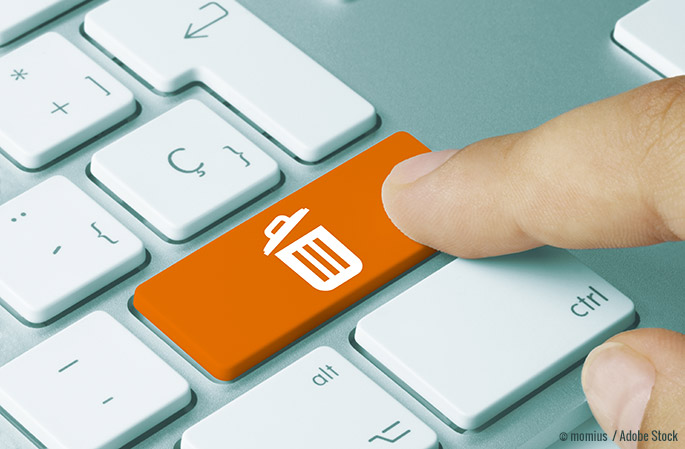
There’s a great deal of talk about sustainability at the office these days, but how does an organization decide how to start waste reduction and recycling, and where to focus their initial recycling efforts? First, they should quantify their current waste levels and identify the area needing greatest improvement. A Waste Audit is a terrific way to do that.
Thurston County, WA Public Works Department Solid Waste Program defines a Waste Audit this way:
During a waste audit, you manually separate your organization’s trash into separate categories. Most waste audits include mixed recyclables (cans, bottles, and mixed paper), office paper, compost, trash, and reusable items. Tally the weight and volume for each category, and you can see just how much you put in the trash.
A team of employees performs the Audits. Executives and managers also participate in the Audit if at all possible. Their participation demonstrates the organization leadership’s commitment to the effort.
Why Conduct a Waste Audit?
A Waste Audit will yield data including sources, composition, weight, volume, and end location of your waste stream. The Audit team records the types and quantities of waste generated at your place of business. This establishes your baseline.
All business programs that gain respect and longevity must be measured. You can’t just say the program is “doing well”, you have to provide quantified evidence of the results of the organization’s efforts. Establishing a baseline is critical to prove the success and impact of your program. Compare current data to baseline data in order to assess the change.
A Waste Audit can identify the biggest problems so that your immediate waste reduction and recycling efforts will provide a significant and visible impact. For example, if the greatest portion of your trash is paper, then you will want to
- invest in workflow automation to reduce the amount of paper used,
- perhaps set the printer default to double-sided printing,
- and install recycling bins for your workforce to channel used paper to a recycler instead of the landfill.
When used at regular intervals, Follow-up Audits measure the effectiveness of waste management strategies. A comparison of current waste per type to the baseline data quickly shows where advances have been made. Data collected in the Follow-up will also indicate the greatest opportunity for improvement at the time of the Follow-up Audit.
Publish Follow-Up Waste Audit Results internally so that the organization can celebrate it’s success!
Resources
For Waste Audit procedural details as well as Audit form examples, see South Carolina’s Worksheets or Thurston County WA’s forms for before, during, and after the Audit.
After the Waste Audit
After the Waste Audit, identify everywhere waste can be prevented, recycled, composted or reused. Implement a Waste Reduction Policy, whether formal or informal. The larger your organization, the greater the benefit for a formal policy. Monitor improvements and savings that result.




































































































































 Three Ways to Engage Teams and Clients to Maximize Your Recycling Program Engagement
Three Ways to Engage Teams and Clients to Maximize Your Recycling Program Engagement  How to Integrate Accessibility Into Your Sustainability Planning
How to Integrate Accessibility Into Your Sustainability Planning  Why Park Benches Can Promote Workplace Well-Being
Why Park Benches Can Promote Workplace Well-Being 
